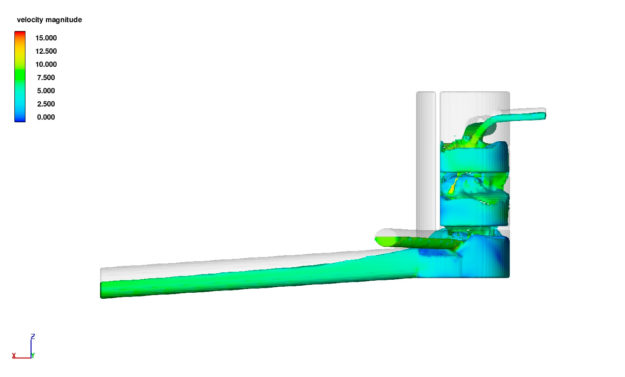The Broye brook, which crosses the urban area of western Lausanne, is channeled over most of its course. Due to the development of its catchment area, the collectors into which it flows no longer have sufficient capacity to absorb heavy rainfall. Since flooding has already been observed, a project for a drainage gallery is now being studied for which the iTEC institute has carried out numerical simulations of the hydraulic operation. Depending on the connections envisaged, the new gallery should make it possible to widen the catchment area of the Broye brook and thus relieve neighbouring watercourses, which also suffer from capacity problems.
The project calls for the drilling of a 3-metre diameter tunnel, over a length of about 2 kilometres, at an average depth of 20 metres below surface. The design flow exceeds 60 m3 per second. This high flow rate, as well as the height of the fall and the many connections, requires in-depth analysis. In order to determine the geometry of the structure and to validate its hydraulic operation, three-dimensional digital models are required (3D software).
Under the direction of Professor Pfister, the iTEC Institute team carried out a digital simulation of the hydraulic function of each individual structure in the project for numerous variants and flow rates. One of the challenges of the project is how to connect the gallery with collectors close to the ground surface. Shafts with a diameter of 10 metres and a depth of 20 metres will be constructed from the surface to the gallery level. These will allow water from the surface collectors to join the main flow of the underground gallery in a controlled manner. These are special structures that fall outside the standard hydraulic application of drainage galleries.
